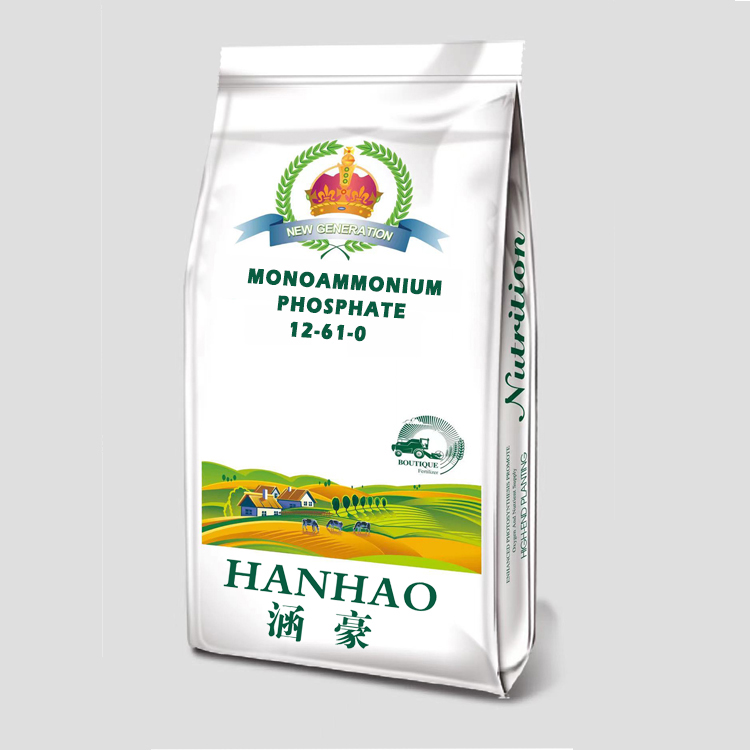
Oct . 10, 2024 15:38 Back to list
triple phosphate 0 46 0
Understanding Triple Phosphate Composition, Uses, and Implications for Agriculture
Triple phosphate, commonly known in agricultural circles as Triple Superphosphate (TSP), is a key ingredient in modern fertilizers. Its development was a significant milestone in the field of agriculture, providing a concentrated source of phosphorus, an essential nutrient for plants. This article explores the composition, uses, and implications of triple phosphate in agricultural practices, particularly in improving crop yields and sustainability.
What is Triple Phosphate?
Triple phosphate mainly includes the compound mono-calcium phosphate, which is derived from phosphate rock. The term triple refers to the high phosphorus content, typically around 44-48% of this crucial macronutrient. This concentration makes TSP a popular choice among farmers and agricultural industries aiming to enhance soil fertility and promote robust plant growth.
Following its production, triple phosphate is often granulated for easy application, with the granules being uniform in size, which aids in even distribution across fields. The solubility of TSP in water also allows for easy uptake by plants, making it an ideal choice for various agricultural practices.
Nutritional Role of Phosphorus
Phosphorus is vital for various biological processes within plants, including photosynthesis, energy transfer, and the synthesis of nucleic acids. The nutrient is a core component of ATP (adenosine triphosphate), the energy currency of the cell, which underscores its importance in plant metabolism.
In the early stages of growth, phosphorus is particularly crucial for root development and early plant vigor. Adequate phosphate levels support stronger roots, leading to better water uptake and overall plant resilience, especially during periods of drought. Moreover, phosphorus plays a significant role in the flowering and fruiting of plants, leading to higher yields.
Applications in Agriculture
Triple phosphate is widely used as a base fertilizer in various agricultural settings, including row crops, horticulture, and pasture management. Farmers often incorporate TSP during the soil preparation phase before planting, or they may utilize it as a side-dressing during the growing season.
triple phosphate 0 46 0

Due to its quick-release characteristic, TSP can provide an immediate boost in phosphorus to crops, particularly in soils that are low in phosphorus content. It also proves beneficial when applied in combination with other fertilizers that supply nitrogen and potassium, thereby offering a balanced approach to crop nutrition.
Environmental Considerations
While TSP has several benefits, its application does not come without concerns. The overuse of phosphorus fertilizers can lead to environmental problems such as eutrophication, where excess nutrients in water bodies cause algal blooms. These blooms can deplete oxygen levels in the water, endangering aquatic life.
As a response to these concerns, sustainable agricultural practices are increasingly being adopted. These include soil testing to determine precise nutrient needs, adopting precision agriculture techniques, and implementing crop rotation systems. Such practices not only optimize fertilizer use but also promote long-term soil health.
Future Perspectives
As global food demand continues to rise, the effective use of fertilizers like triple phosphate becomes increasingly critical. Ongoing research aims to improve the efficiency of phosphorus use in agriculture and develop more sustainable practices. Innovations in fertilizer technology, including controlled-release fertilizers and biotechnological approaches to enhance phosphorus uptake, are being explored to ensure that phosphorus is used sustainably.
Additionally, educating farmers on the importance of soil health and the benefits of balanced fertilization programs will be essential in promoting sustainable agricultural practices.
Conclusion
Triple phosphate serves as an essential component of modern agriculture, providing an effective source of phosphorus for crops. Its benefits in enhancing growth, yield, and overall plant health cannot be overstated. However, responsible usage and consideration of environmental impacts are crucial to ensure that agriculture can meet future food demands without compromising the health of our ecosystems. Continued research and sustainable practices will be the keys to harnessing the full potential of triple phosphate in an environmentally friendly manner.
-
10 10 10 Fertilizer Organic—Balanced NPK for All Plants
NewsJul.30,2025
-
Premium 10 10 10 Fertilizer Organic for Balanced Plant Growth
NewsJul.29,2025
-
Premium 10 10 10 Fertilizer Organic for Balanced Plant Growth
NewsJul.29,2025
-
Premium 10 10 10 Fertilizer Organic for Balanced Plant Growth
NewsJul.29,2025
-
50 Pound Bags of 13-13-13 Fertilizer for All Plants – Bulk & Organic Options
NewsJul.28,2025
-
High-Efficiency 15-30-15 Granular Fertilizer for Healthy Crops
NewsJul.28,2025
